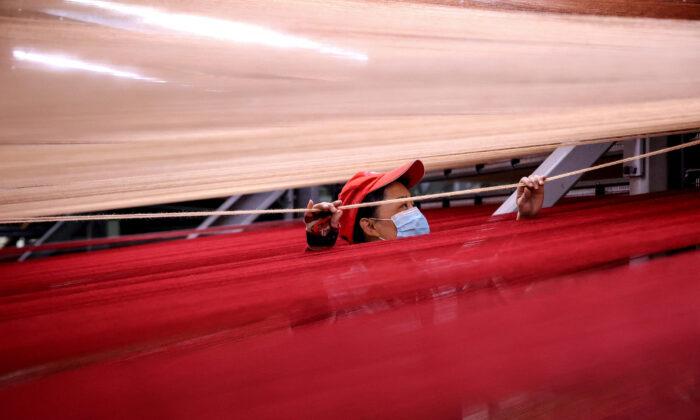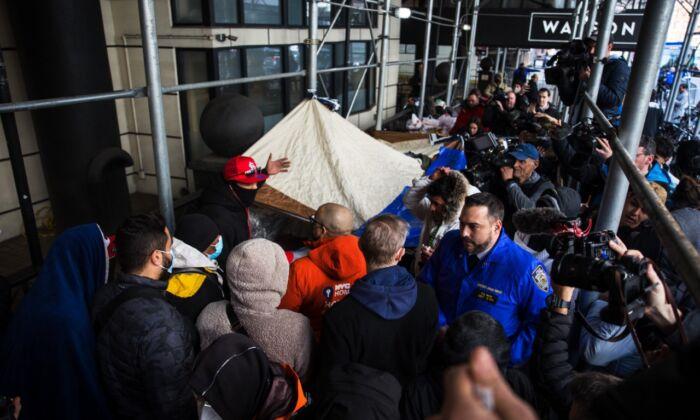China’s factory activity picked up in November after two months of contraction, yet still the third lowest in about 20 months, despite the ease of mass power rationing and raw material price surges.
The index tells the direction of economic trends in the manufacturing and service sectors. The 50-point mark separates expansion from contraction on a monthly basis in sector activity and a reading above 50 indicates growth—the higher the reading, the faster the growth pace is.
November marked the fourth straight month of decline in consumer demand, as new export orders contracted for the seventh month in a row.
In contrast to the rebound in the factory sector, growth in the services sector slowed slightly with the official non-manufacturing PMI in November slightly easing to 52.3 from 52.4 in October.
China’s official October composite PMI, which includes both manufacturing and services activities, stood at 52.2, up from October’s 50.8.
According to NBS, a subindex for production rose to 52.0 in November, up from 48.4 in October. The construction activity subindex rose to 59.1 in November, compared to 56.9 last month.




